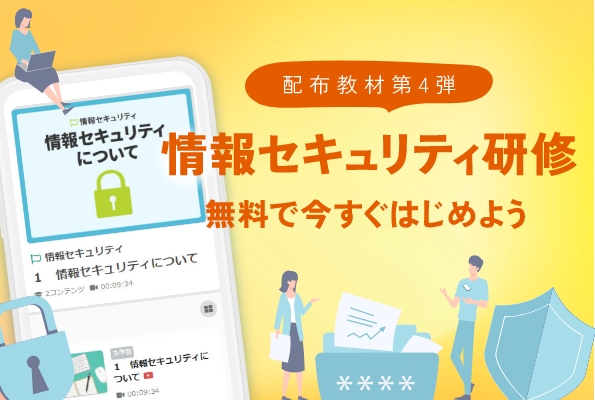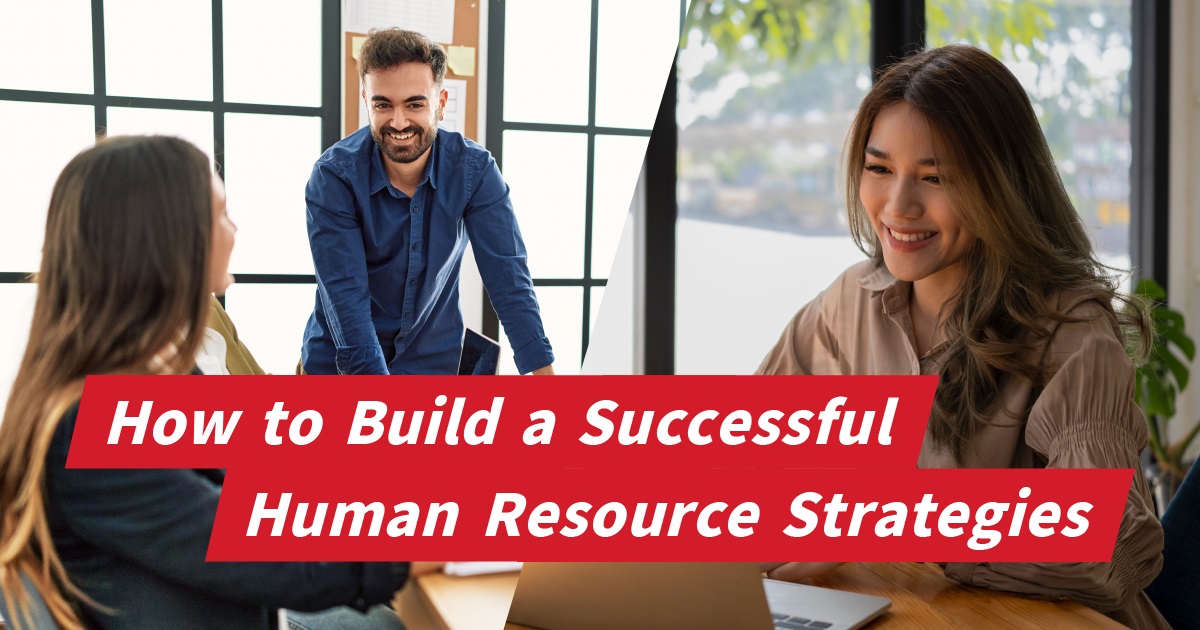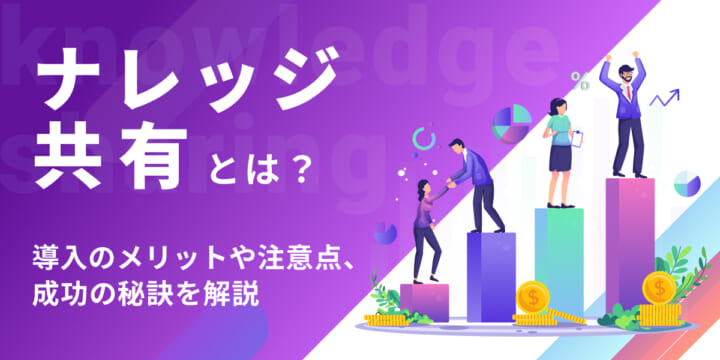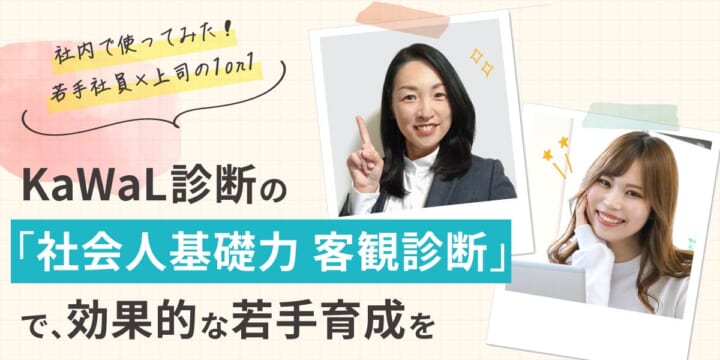9 Keys to Successful HR Development
9 Keys to Successful HR Development
How do you improve corporate performance? Needless to say, effective human resource development plays an integral role. As managers or HR professionals, there may be some difficulties to find the keys or strategies for employees’ higher performance and skill development which is suitable for each level.
This article includes the methods and keys for HR development. Depending on your company environment, they will be a big help when introducing new methods to your organization.
Content
- Why Is HR Development Important?
- 9 HR Development Methods
- Keys for Effective Implementation
- Successful Process
- Innovation with Elearning
Why Is HR Development Important?

The flow of money, products, materials,information and people are essential resources to improve corporate value. Although all items above cannot be ignored for corporate management, it is said that people, or human resources in other words, play a special role in an organization. The growth of human resources is directly related to the company's growth, and neglecting it could lead to a loss of market competitiveness.
Also, globalization has accelerated the needs for higher levels of human capital who have abilities to act both in and out of a country. We cannot detach ourselves from overseas in this swift-shifting market, and the responsiveness will result in the company’s growth.
9 HR Development Methods

Methods of HR development differ from each company environment as well as each employee’s career. For instance, new hires and mid-careers will be on a different stage in terms of their experiences and skills. Therefore, the method should be right fit for their levels.
The following explain the nine methods of HR development including employee training for new hires.
On-the-Job Training (OJT)
On-the-job training (OJT) is a method of acquiring the necessary knowledge and skills while engaging in practical work. It has been introduced in many companies and is highly popular as an efficient way to promote immediate employment. Since they can work with senior employees nearby, it is expected to acquire skills faster than lectures.
While OJT for new hires tend to be well established, there are less companies that have developed the training for mid-career employees.
Classroom Learning
This method is, so called, group training in which lectures and group work take place in a physical venue on or off-site. The advantage for trainers is to train a large number of participants at once.
As for its characteristics, the quality of training is less likely to be blurred and maintained. Also, it prepares the employees for actual work through role-playing to utilize the knowledge and skills they have learned. By acquiring the knowledge beforehand, they will be able to perform their job more smoothly.
elearning
Elearning enables employees to acquire knowledge through online content using smartphones and computers. In recent years, many services have been released, and more and more companies are introducing them.
When conducting group training, it is necessary to arrange a venue and request a lecturer, but there is no need to incur these costs with elearning. In addition, the system allows employees to learn regardless of where they are, so they can make effective use of their free time, such as during their commute.
On the other hand, there is a challenge in that the depth of learning varies depending on the motivation of each employee.

Mentoring Program
This is a training method in which senior employees (mentors) provide one-on-one guidance and support, mainly to new employees. It covers a wide range from accumulation of work experience to mental care.
The direct manager or supervisor are typically not the mentor. By having senior employees as a mentor, there will be solutions for what the mentee tends to have especially when entering a new company or department. Through this method, mentees can have opportunities to ask questions and help more easily in their workplace.
An increasing number of companies are introducing mentoring programs to revitalize their companies and reduce turnover.
Job Rotation
Job rotation is a method of training employees by reassigning them with the aim of developing their skills. Unlike ordinary personnel transfers, job rotation is strategically conducted based on a clear HR development plan to promote long-term growth.
The main objectives are to place the right people in the right places, to get a general picture of the company through various tasks, and to bring about new innovations through skill development. In many cases, the program tends to be conducted for future executive candidates.
The period varies depending on the object. In some cases, employees are assigned to multiple departments for a short period of time such as three to six months, and to a single department for a longer period of time from three to five years.

Goal Management Training (GMT)
GMT is an approach to set objectives by each employee and the results are used for personnel assessment. The purpose of this training method is to encourage employees’ goal-directed behavior through problem solving and their efforts.
When setting goals, make sure to relate them to the company's overall goals and the goals of the department. This is not only for their own personal growth, but also to foster an awareness of how they can contribute to the company itself. In addition, it is necessary for a supervisor or the person in charge to check the appropriateness of the goals they set.
Coaching
Employee coaching is one of the major methods for HR development. Through advice and problem-solving, it helps to build a self-motivated workforce promoting employees’ autonomy to achieve their goals.
This program requires a knowledgeable and experienced supervisor as a trainer since the bottom line is to improve employee engagement. In other words, it is necessary to have training for trainers as well.
Teaching
Trainers in this method are supervisors and senior employees. The main purpose is to convey basic knowledge and basic rules for starting work.
While the subject of coaching is the "trainee," the one of teaching is the "supervisor or senior employee.” Teaching aims to convey necessary information unilaterally, so it does not place emphasis on mutual communication.
Stretch Assignments
This training method aims to develop new skills by assigning tasks beyond trainees’ current skills. By being placed in a challenging environment, rapid growth is encouraged.
When introducing this method, take time to plan tasks so that trainees can achieve goals with endeavor rather than unnecessarily tasks. Also, trainers need to make sure that the subject aligns with the trainee's current or future job responsibilities. This method is often used for young employees to identify future executive candidates.
Keys for Effective Implementation

Needless to say, it is essential for HR professionals to know how to develop corporate training.
The following describe keys to facilitate successful employee training, and if you are looking for a new HR development method, they will be helpful.
Manage Schedule And Members
For successful HR development, time and member management is one of the most important elements. When scheduling a training program, make sure who is available to be in charge of it.
Not only HR professionals but also supervisors and seniors have a variety of daily tasks, and in some cases, it may be difficult for them to perform in parallel with training. Do not be afraid to cross organizational boundaries or adjust their workload to make it successful.
Enhance Trainer’s Skill
Before establishing a training program, you need to have a deep understanding of the trainer's skills and performance. Proper training requires proper skills of trainers, and there will be some cases to have training for trainers to acquire higher levels of skills and knowledge so that they can conduct the program in the right direction.
As for improving their skills to be an efficient trainer, for instance, role playing or other practical training programs will be preferable.
Establish Evaluation Methods
Unlike sales and marketing, which directly tells sales figures and overall strategies, HR development has difficulties to be evaluated by numbers. Therefore, evaluation methods and the criteria play important roles.
It is not too much to say that a personnel division creates the core values for an organization. However, it cannot obtain instant results by its nature, so appropriate evaluation methods and clear criteria will be required in order to enhance their motivation and performance at work.

Successful Process

We will discuss successful processes to promote HR development below. Without clear objectives, training programs will be in vain even though employees acquired certain skills.
Follow the right direction and proceed effectively.
Situation Analysis
The first step in promoting HR development is situation analysis in your organization to identify challenges and grasp employee productivity and skills. What you need to do here is to conduct interviews with supervisors and members in charge, and extract issues related to the program.
Skills Mapping
Skills mapping is a visual representation of employees’ skills including skill matrix. After situation analysis, go on to this method to identify the skills of each employee in your organization. This helps employees make clear views and create goal-based schedules, tracking an individual's career progress.
Try to view the bigger picture for the next five or ten years considering both work-related skills and each personality, and you will be able to make clear decisions about the HR development.
Select Appropriate Training Method
Next step is to select the most appropriate training method from among various ones including job rotation, mentoring program, GMT, and so on as written above. An individual's burden and cost for a training program should be taken into consideration. Distribute the burden throughout an organization if a particular department has much to do with the program.
Also, it is one of the keys to track the progress of HR development in order to periodically measure the effectiveness according to the program. For example, employee assessment allows you to measure an individual's current level of competence whether he/she acquired certain skills required for the position. If there are any delays, course setting should be amended.
Innovation with Elearning
When you focus on enhancing competitiveness in the mid- to long-term, internal HR development is an essential part of each company. Appropriate training methods will result in the solution, and it is necessary to assess each of them carefully.
One of the effective ways to improve HR development is elearning. Our service named “learningBOX” will be a big help for solutions. It offers all you need including content and user management. If you are interested, Download Brochure.


- Is a free LMS practical? Explaining how to install and what to look out for
- What is the background to the widespread digitization of manuals? Advantages and procedures are also explained.
Comment ( 0 )
Trackbacks are closed.








No comments yet.